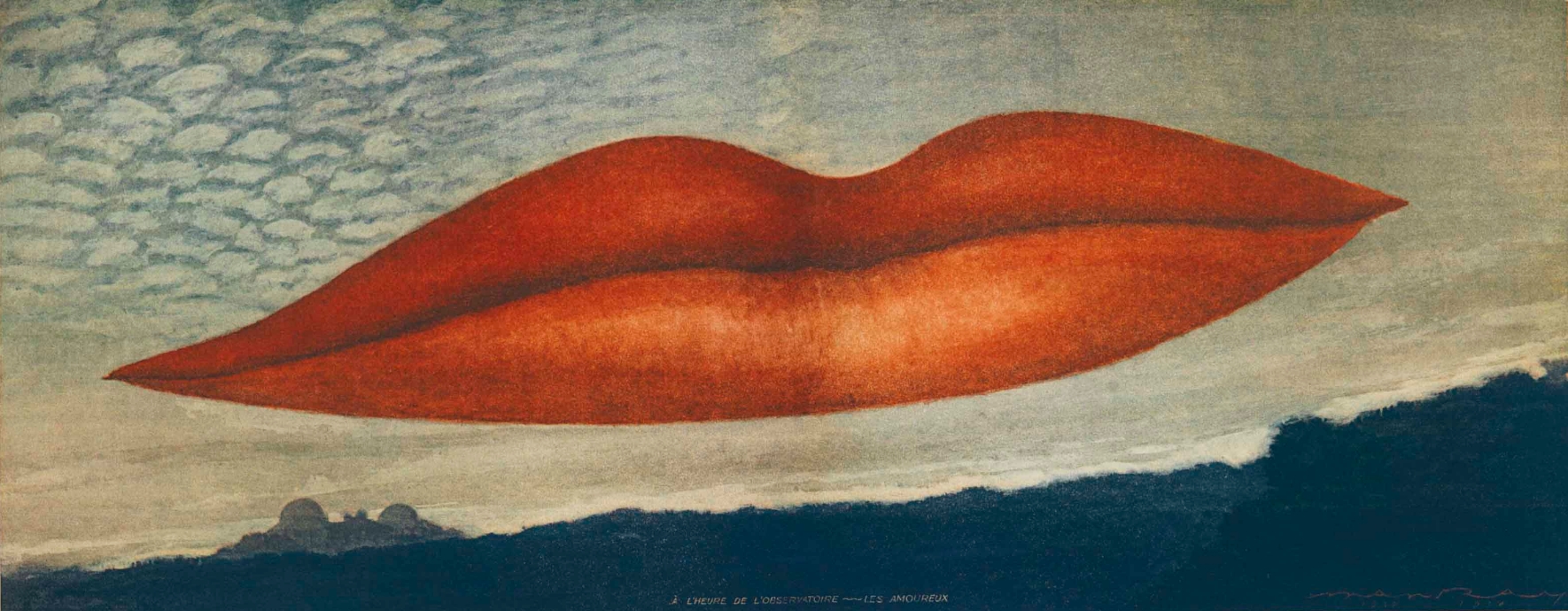In the spring of 1932, Picasso had retired to the Château de Boisgeloup, his studio-retreat in Normandy, in the company of his new mistress and principal muse, Marie-Thérèse Walter. It was his time spent at Boisgeloup that provided the inspiration for the present work.
In "Nature morte à la tête classique et au bouquet de fleurs", Picasso has subverted the traditional embodied interaction of artist and model - a theme that came to symbolize his own life and work most evocatively - and replaced these lead roles with sculpted avatars.
In place of the artist is a large, bearded neoclassical head, while the model is substituted by a bas-relief sculpture affixed to the wall above a bouquet of flowers, echoing the graceful profile of Marie-Thérèse Walter.
Haunted by the absence of his mistress who had remained in Paris, Picasso re-created her image from memory.
Pablo Picasso | Nature morte à la tête classique et au bouquet de fleurs, 1933 | Sothebys


























